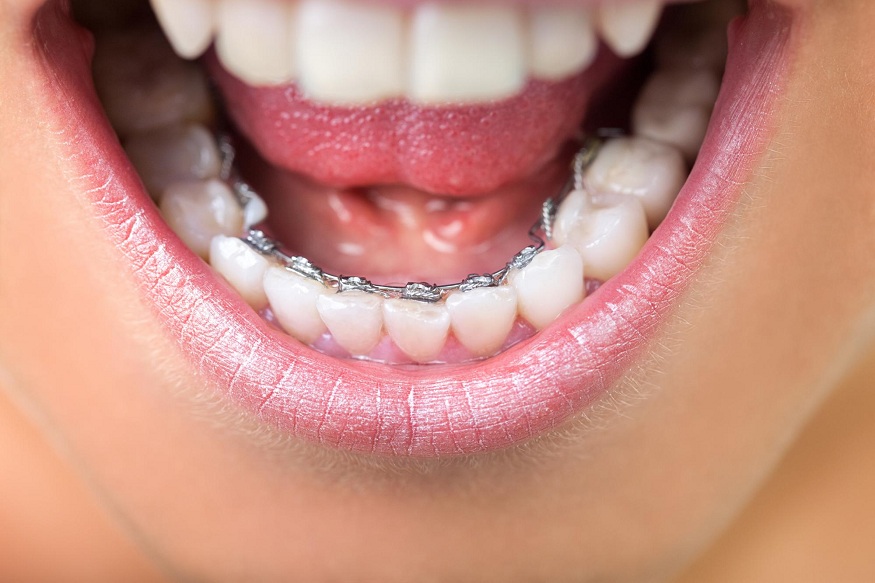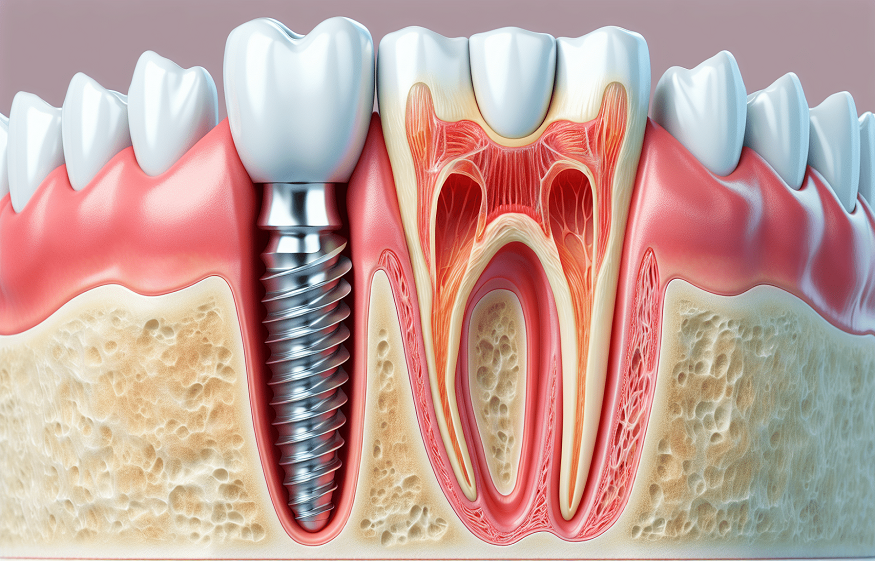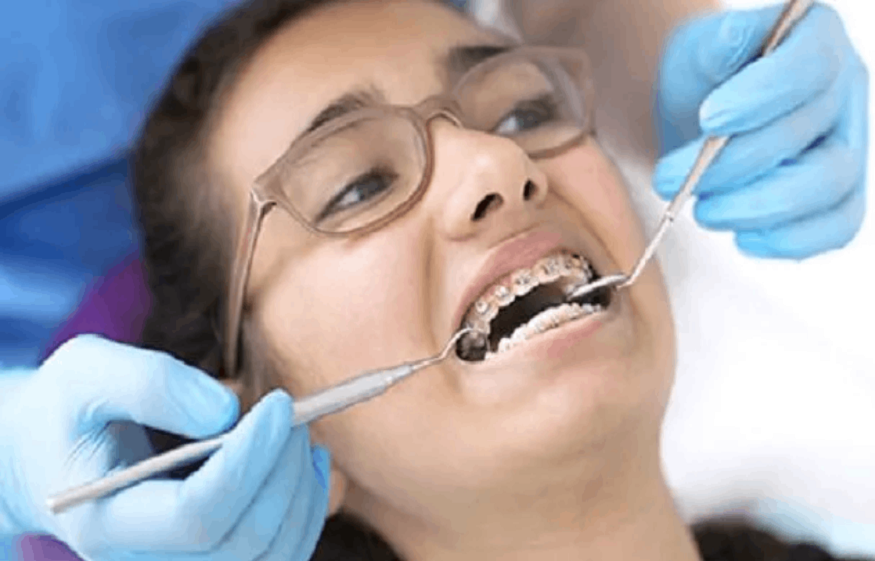In orthodontics, lingual braces are a far less popular method for straightening teeth, and they need adjustment. For a variety of reasons, orthodontists in Norfolk do not offer lingual braces quite as frequently, yet they remain a potential treatment option that can correct faults. They also have certain benefits over other teeth-straightening techniques.
Knowing precisely what lingual braces are is essential before understanding how the real treatment procedure works. In contrast to clear aligners or traditional braces, this method puts the wires and brackets on the back or underside of the teeth rather than the front. If you need more information about lingual braces, contact a facility for cosmetic dentistry in Norfolk, MA.
Discrete innovative teeth straightening solution: How Lingual Braces treat orthodontic problems?
The functioning of lingual braces is very similar to that of traditional metal braces. Arch wires and metal brackets make up their structure. The first step in putting lingual braces below the teeth is to
- Making impressions of the teeth needed for alignment correction.
- After that, these imprints are sent to a dental lab, where they are used to construct personalized brackets.
- When the brackets are prepared, an orthodontist cements the braces to the rear surfaces of the damaged teeth using a specific method.
- After that, the braces gently move the teeth back into the correct position by applying stable, mild pressure.
Depending on how complicated your condition is, this treatment could last anywhere from 18 to 36 months.
What are the pros and cons of lingual braces?
There are benefits and drawbacks to lingual braces. Let us examine each of them independently:
Pros of Lingual braces
- Since they are positioned behind the teeth, they are invisible.
- They are used to tackle a variety of orthodontic problems.
- There is little probability that the front of your teeth will get stains or decalcify.
- For advanced actions, including correcting tooth heights, reversing rotations, and closing gaps, lingual braces work far better than other brace types in severe situations of misaligned teeth.
Cons of Lingual Braces
- The procedure could take a long time and involve several appointments.
- It takes some time to become used to using these braces to speak clearly.
- These are more costly than Invisalign or traditional braces.
- Teeth and gums are challenging to clean.
- These are more costly than Invisalign or traditional braces.
- Teeth and gums are challenging to clean.
What differentiates Traditional Braces from Lingual Braces?
Brackets and wires are used in both conventional metal braces and lingual braces to realign misaligned teeth. Lingual braces are attached to the back of your teeth, whereas conventional braces are placed on the front of your teeth. That is the only difference between the two.
The cost of lingual braces is higher than that of traditional braces. The lingual braces, which are tailored for every tooth, are more costly since they take more time to adjust. Additionally, you must pay more for your required dental appointments to ensure a perfect fit.
What differentiates Invisalign from Lingual Braces?
If you want lingual braces due to their near-invisible form, Invisalign is an alternative. To straighten up inconsistent teeth, these clear plastic trays are made to fit your mouth precisely. They are quite convenient and pleasant since, unlike lingual braces, they do not need any wires or brackets. They lack any metal components that might damage your tongue or other oral soft tissues, and they do not have any diet limitations. In general, they are much cheaper than lingual braces. However, because they must be worn for a minimum of 20 to 22 hours daily, they require commitment and self-control. Additionally, they work in 90% of situations.
How Much Does It Cost to Get Braces Behind Teeth?
A simple case might cost about $5,000, while a complex one with a personalized brand might cost more than $13,000. Special appliances are usually employed by an orthodontist who specializes in this kind of treatment. Therefore, the additional cost covers the expertise needed for this particular treatment. The cost of lingual braces could vary by location, much like the cost of any other dental procedure.





